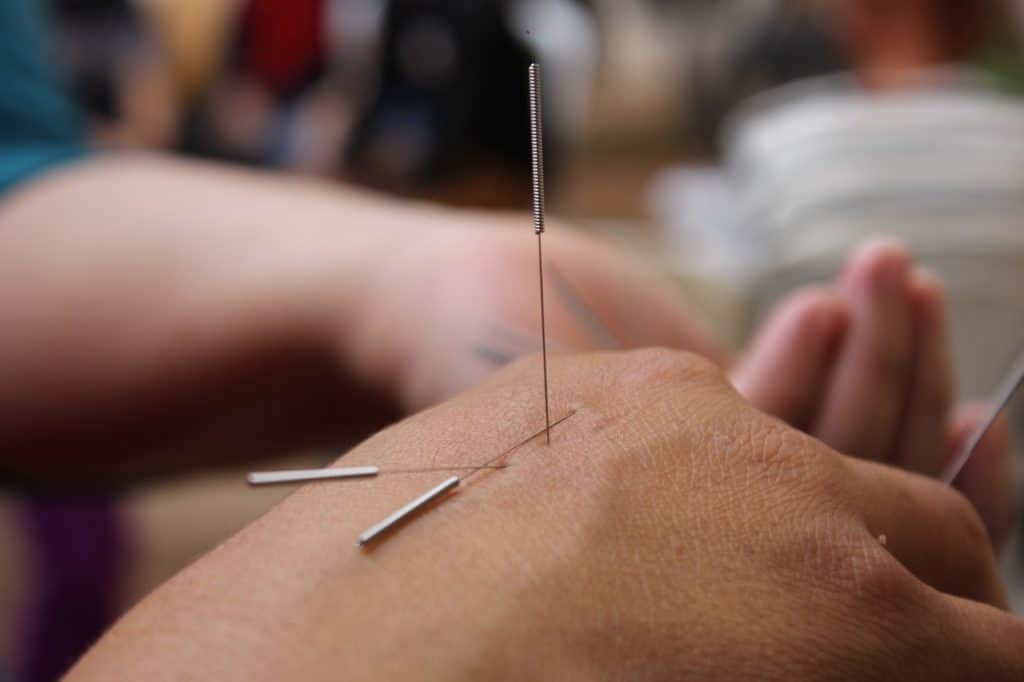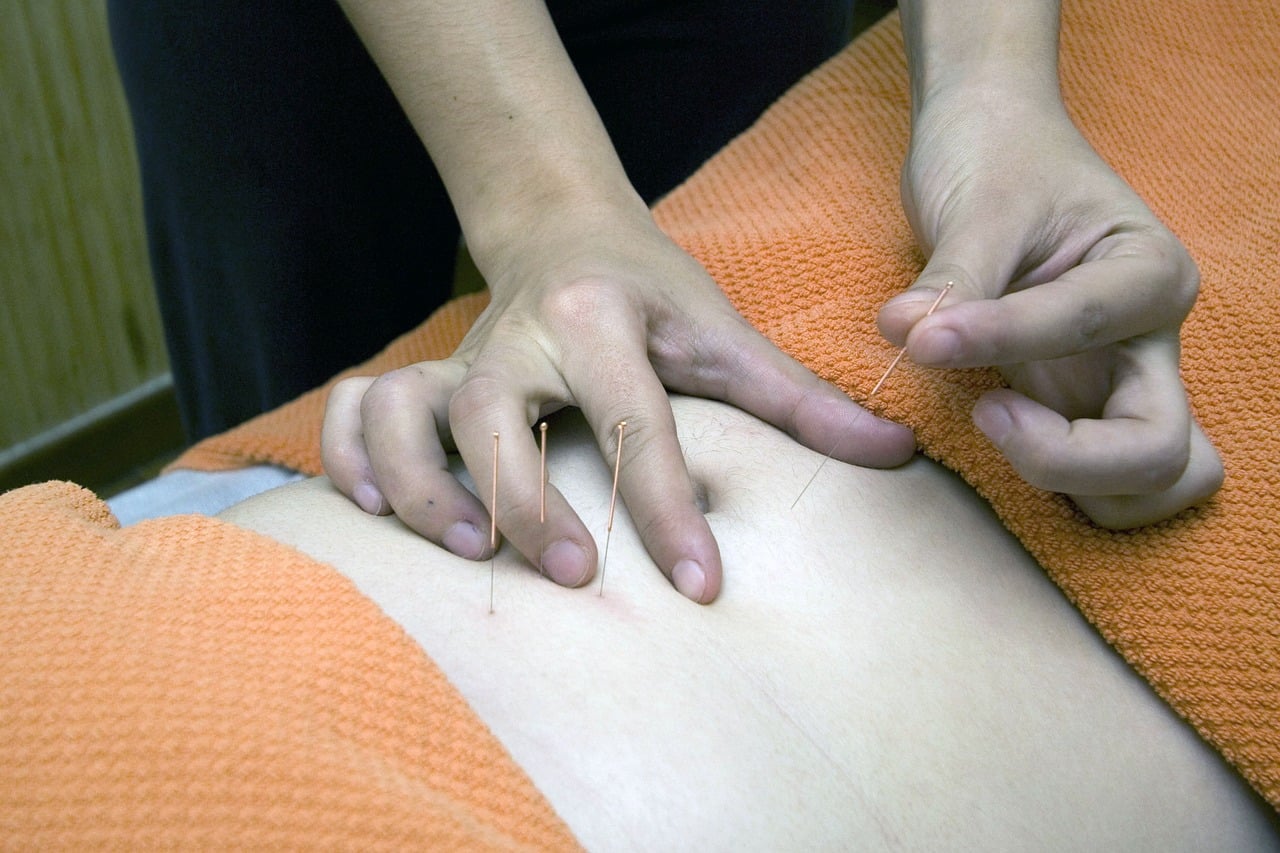Pulmonary Hypertension – these two words, although might sound benign, can strike fear into the hearts of patients. This disease refers to a type of high blood pressure that affects the arteries in your lungs and the right side of your heart. As an overview, Acupuncture is a traditional Chinese therapy that’s been used globally for over 5,000 years. The practice involves inserting thin needles into the body at specific points, enabling a natural flow of energy for healing and balance.
Understanding Pulmonary Hypertension
Pulmonary Hypertension (PH) is a complex condition that poses significant health risks, often arising as a secondary complication to pre-existing heart or lung issues. It’s characterized by elevated blood pressure within the arteries of the lungs. A variety of underlying factors contribute to the development of PH, with blood clots, autoimmune diseases, genetic predispositions, and even some forms of heart disease being common culprits. Lifestyle choices, such as the use of illegal drugs and long-term use of certain diet medications, have also been implicated in the onset of this condition.
The symptoms associated with Pulmonary Hypertension are frequently deceptive, as they closely resemble those seen in other, more benign conditions. Individuals may experience persistent shortness of breath during routine activities, fatigue, episodes of chest pain, and palpitations.
Statistically, PH has a notable prevalence worldwide, impacting numerous lives each year. Research indicates a higher incidence among females and a greater risk in individuals past their third decade of life. This demographic trend highlights the need for heightened awareness and targeted screening in these populations.
Treatment Options for Pulmonary Hypertension
Conventional medical interventions for Pulmonary Hypertension are diverse, ranging from pharmaceutical management to invasive procedures. Medications are tailored to address the varying pathophysiological aspects of the disease, and may include vasodilators, anticoagulants, and diuretics. Oxygen therapy is also a cornerstone of treatment, aiming to improve the saturation of oxygen in the blood. In the most severe cases, surgical options like lung transplants may be considered, reflecting the critical nature of this condition.
However, these treatments are not without their drawbacks. Side effects from medications can be substantial, affecting patients’ well-being and their ability to carry out everyday activities. Symptoms such as fatigue, dizziness, and syncope can be exacerbated by the very treatments designed to alleviate the primary condition.

Acupuncture for Pulmonary Hypertension as a Potential Treatment
In recent years, acupuncture has emerged as a potential complementary therapy for Pulmonary Hypertension. This traditional Chinese medical practice, which involves the insertion of fine needles at specific points on the body, is predicated on the concept of qi, or vital energy, and its pathways, known as meridians. The therapeutic goal of acupuncture is to restore balance and promote the body’s natural healing capabilities.
Evidence from both modern scientific studies and Traditional Chinese Medicine suggests that acupuncture can have positive effects on Pulmonary Hypertension. Clinical research has begun to uncover how this ancient practice may reduce symptom severity and enhance the well-being of PH patients.
Role of Acupuncture in Managing Pulmonary Hypertension
Acupuncture’s utility in managing Pulmonary Hypertension can be ascribed to its purported effects on circulatory dynamics. By potentially improving vascular dilation, it could enhance blood flow and, consequently, oxygen delivery to tissues. This improvement in blood and oxygen supply is particularly relevant to the management of PH, where compromised pulmonary arteries struggle to provide sufficient oxygenation.
Symptom relief is another area where acupuncture has shown promise. Patients with Pulmonary Hypertension often endure debilitating symptoms that significantly impair quality of life. Acupuncture offers a non-pharmaceutical approach to symptom management, with many patients reporting relief from breathlessness, fatigue, and chest discomfort following treatment.
Patient Stories and Case Studies
Narratives from patients who have combined acupuncture with conventional PH therapies often speak of marked improvements. These personal accounts add a compelling dimension to the clinical data, highlighting the individual benefits that some have experienced. Patients report not only symptomatic relief but also a decrease in their reliance on traditional medications, which can carry burdensome side effects.
Case studies documented by healthcare providers furnish further evidence of acupuncture’s positive role. These detailed accounts provide insight into the potential for acupuncture to augment standard care, offering a broader perspective on the management of this challenging condition.

Integrating Acupuncture into a Comprehensive Treatment Plan
The incorporation of acupuncture into the treatment regimen for Pulmonary Hypertension reflects a holistic approach to patient care. It is not suggested to replace conventional treatments but rather to complement them, creating a multifaceted treatment strategy that addresses both the physiological and symptomatic aspects of PH.
To achieve the best outcomes, patients are encouraged to adopt a comprehensive treatment plan that combines the strengths of Western medicine with the supportive role of acupuncture. Additionally, embracing lifestyle modifications, such as improved dietary habits and regular physical activity, can further enhance the management of Pulmonary Hypertension. Stress reduction techniques are also valuable, as stress can exacerbate PH symptoms. Collectively, these approaches can lead to substantial improvements in the health and quality of life for those living with Pulmonary Hypertension.
Conclusion
In conclusion, acupuncture offers a supportive role in managing the harsh grip of pulmonary hypertension. It shows promise in improving blood circulation, reducing symptoms, and enhancing the overall quality of life for those living with this disease.
While much has been discovered, much more research is needed to deepen our understanding further. As we look forward to newer treatments and better management techniques, acupuncture holds a beacon of hope for the road ahead. Its potential role in providing relief to pulmonary hypertension sufferers certainly merits further investigation.


















